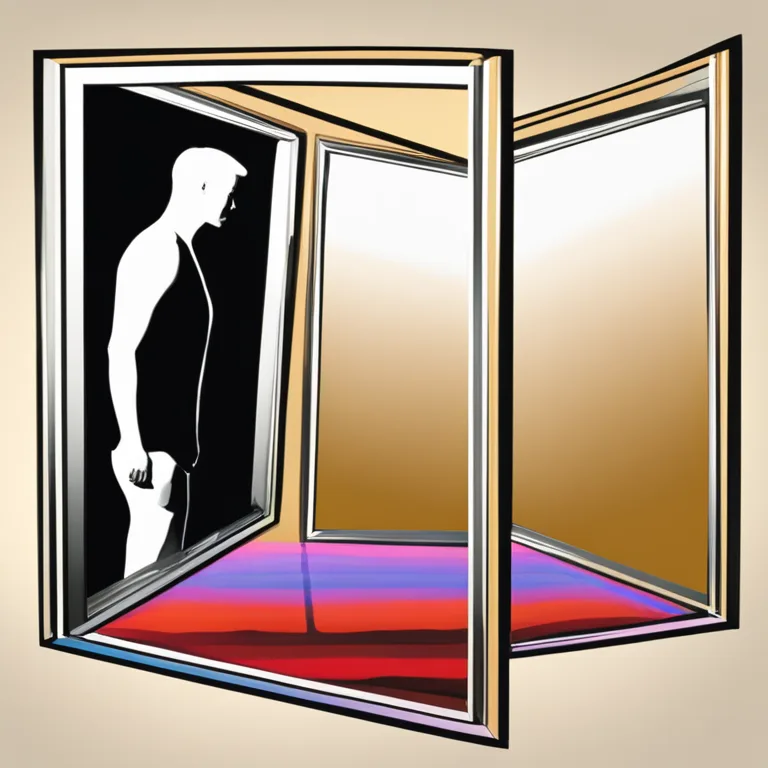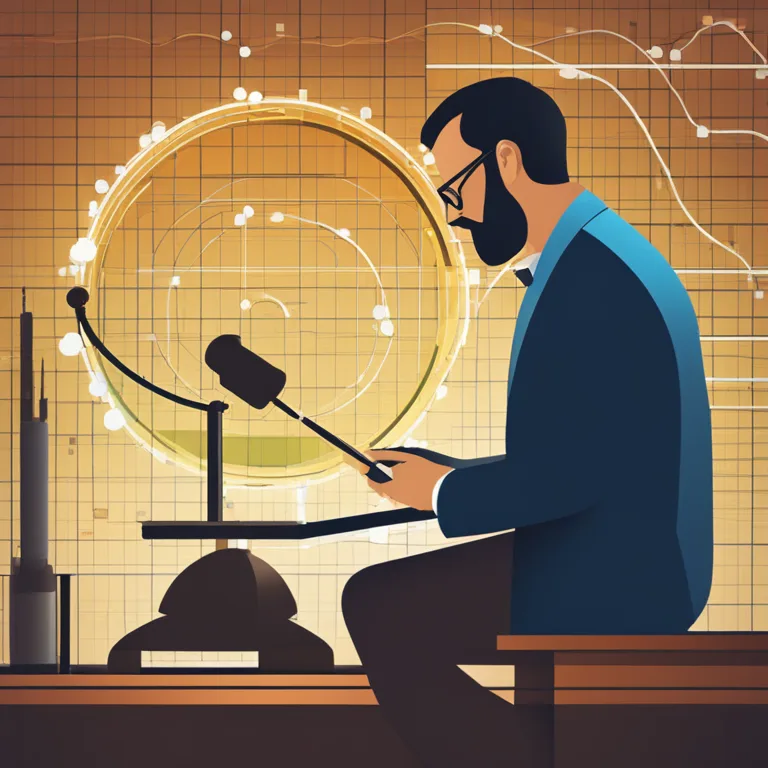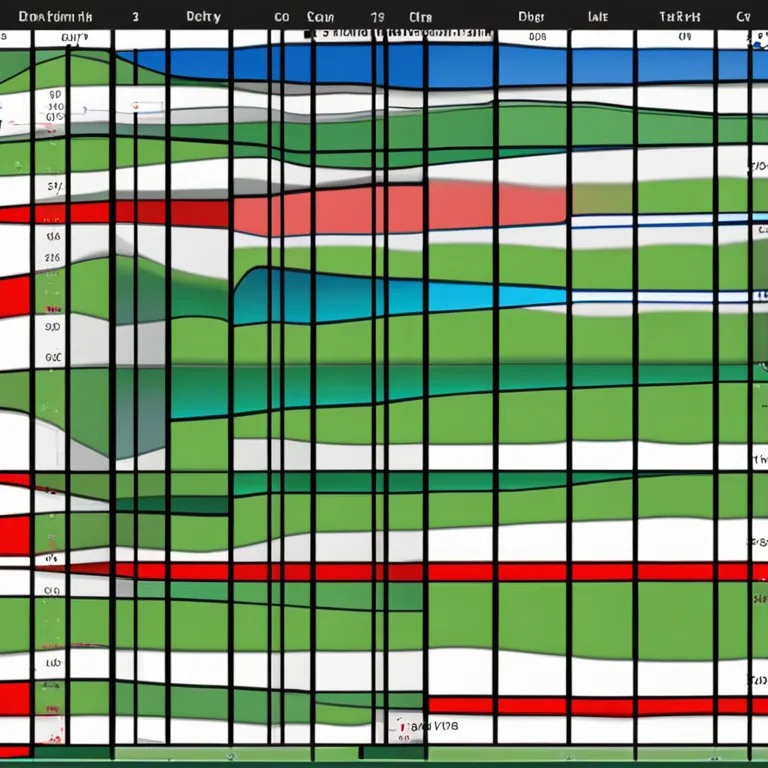
Unlocking The Accuracy of Biorhythms
Delve into the realm of biorhythms to discover their reliability and impact on daily life in this insightful article.
article by Adrian Wallace
Introduction to Biorhythms
For centuries, humans have searched for patterns in life's tapestry, seeking insights from the stars through astrology to the lines on our palms in palmistry. In the quest to understand life's rhythms, biorhythm theory emerged as a tool purported to predict various aspects of one's life by charting biological cycles. Originating from the 19th century, the concept of biorhythms splits our physical, emotional, and intellectual energies into separate cycles, each believed to have a predictable pattern that influences our daily functioning and capabilities.

Biorhythm Theory: A Brief Overview
The biorhythm model focuses on three primary cycles: a 23-day physical cycle, a 28-day emotional cycle, and a 33-day intellectual cycle—to which some have added extra cycles like spiritual and intuitive for a more nuanced approach. Proponents believe that by calculating these cycles' phases—high, low, and critical days—one can anticipate and prepare for days of strength or vulnerability. Among the enthusiasts, such predictions are tools for decision-making, from choosing the date of an important event to determining the best time for intellectual endeavors.

Scientific Scrutiny and Skepticism
Despite its enduring intrigue, biorhythms have faced substantial scrutiny from the scientific community. Several studies have attempted to validate the theory behind biorhythms but have largely failed to find empirical support. Critics argue that the notion of universal cycles not aligned with any particular biological or physiological evidence is a leap of faith rather than a scientifically grounded concept. As of 2024, the consensus remains that biorhythms lack rigorous scientific underpinning, with many classifying them alongside other pseudoscientific beliefs.

The Placebo Effect and Self-Fulfilling Prophecies
While empirical evidence for biorhythms is scant, that doesn't always diminish their perceived impact. Much of their appeal may hinge on the placebo effect—the phenomenon where believing something can make it seem true. There's also the self-fulfilling prophecy to consider: if one expects to feel more energetic or adaptable according to their biorhythm chart, this anticipation could influence their actual experience, thus reinforcing the belief in the cycle's accuracy.

Biorhythms in Modern Culture
Despite the lack of scientific endorsement, biorhythms have carved a niche in contemporary culture, particularly within communities that value holistic wellness and alternative models of health. In today's digital age, applications and websites have brought biorhythms to a broader audience, allowing users to track their cycles with ease. While skeptics remain, the personalized nature of biorhythms continues to allure those seeking greater attunement with their personal rhythms and well-being.
Conclusion: A Balanced Perspective
The quest for understanding the ebbs and flows of our lives is a hallmark of human curiosity. Biorhythm theory, despite lacking solid scientific credibility, persists as a part of that quest. As with any belief system outside the mainstream scientific domain, it's crucial for individuals to approach biorhythms with discernment. Whether one sees biorhythms as a guide or a simple curiosity, their true power may lie not in the rhythms themselves but in the introspection and self-awareness they inspire.
Published: 12/28/2023
Modified: 12/28/2023
More predictions
Come back here soon to learn more about yourself and your future


Biorhythm Compatibility & Birthdays
Discover the intriguing connection between your birthday biorhythms and relationship harmony in our insightful article.


Navigating Biorhythm Cycles
Explore the concept of biorhythms, their cycles, and examples of how they influence our daily lives.


Exploring Human Biorhythmic Cycles
Explore the fascinating concept of biorhythms and their influence on physical, emotional, and intellectual faculties in humans.